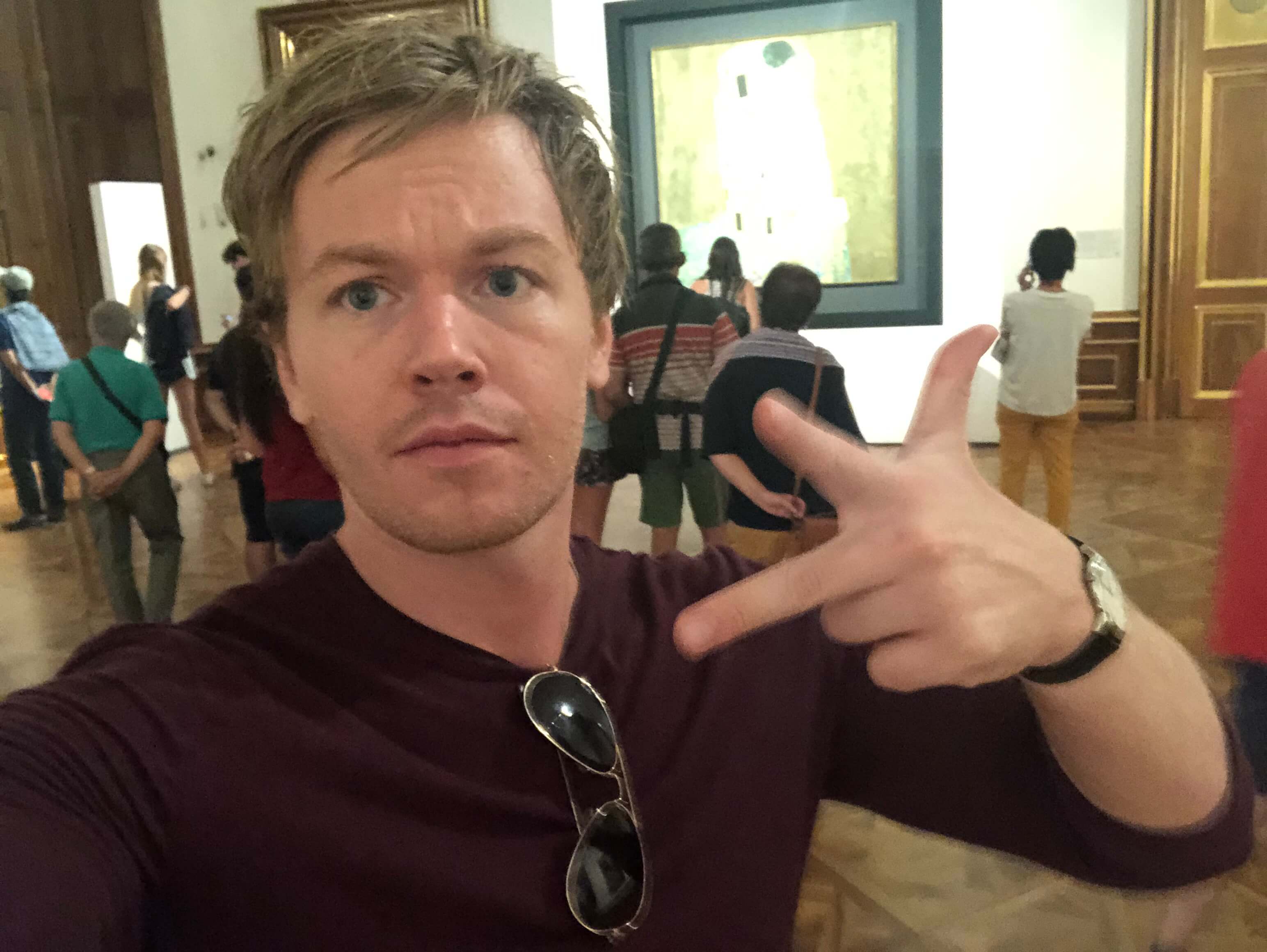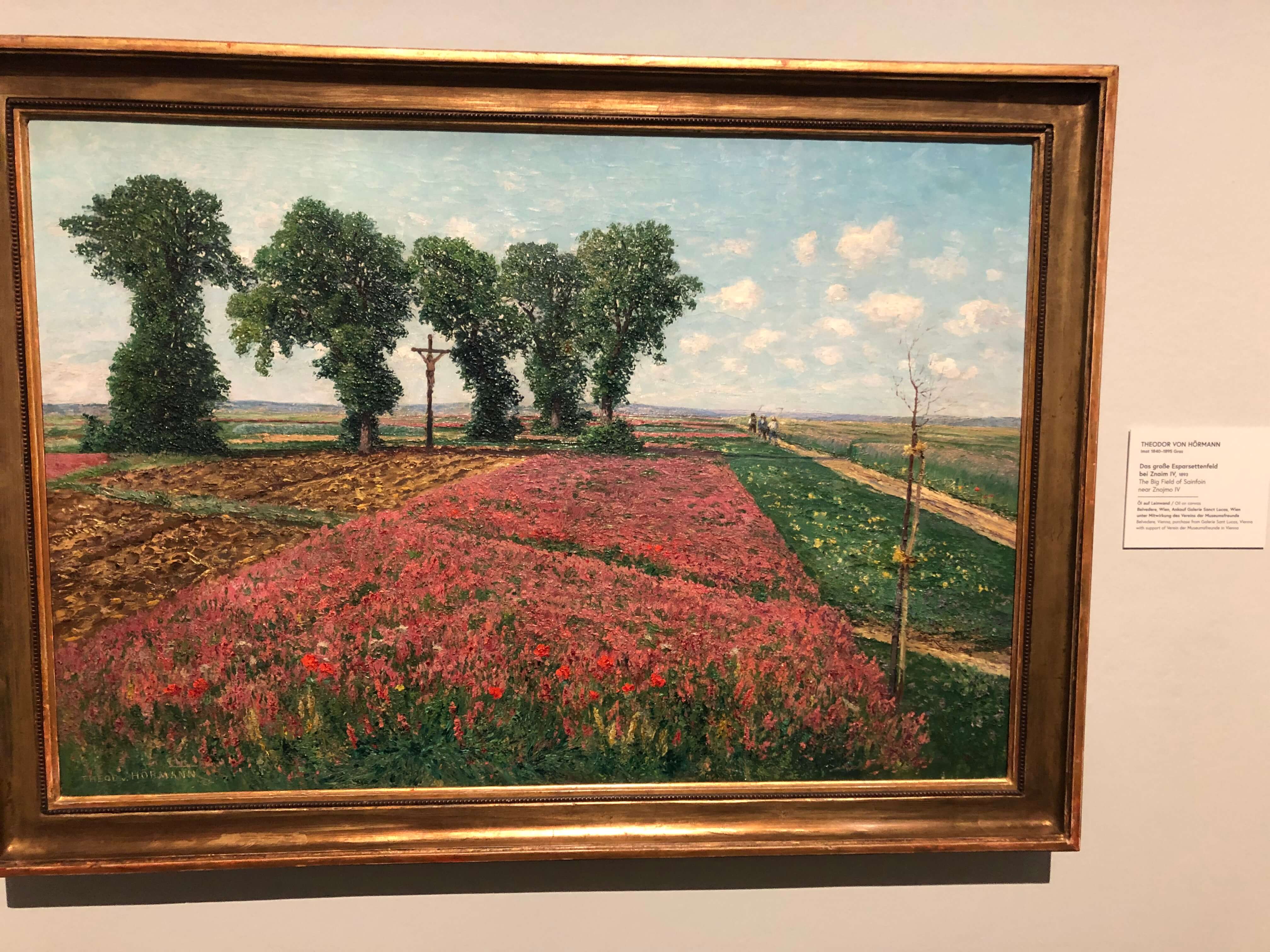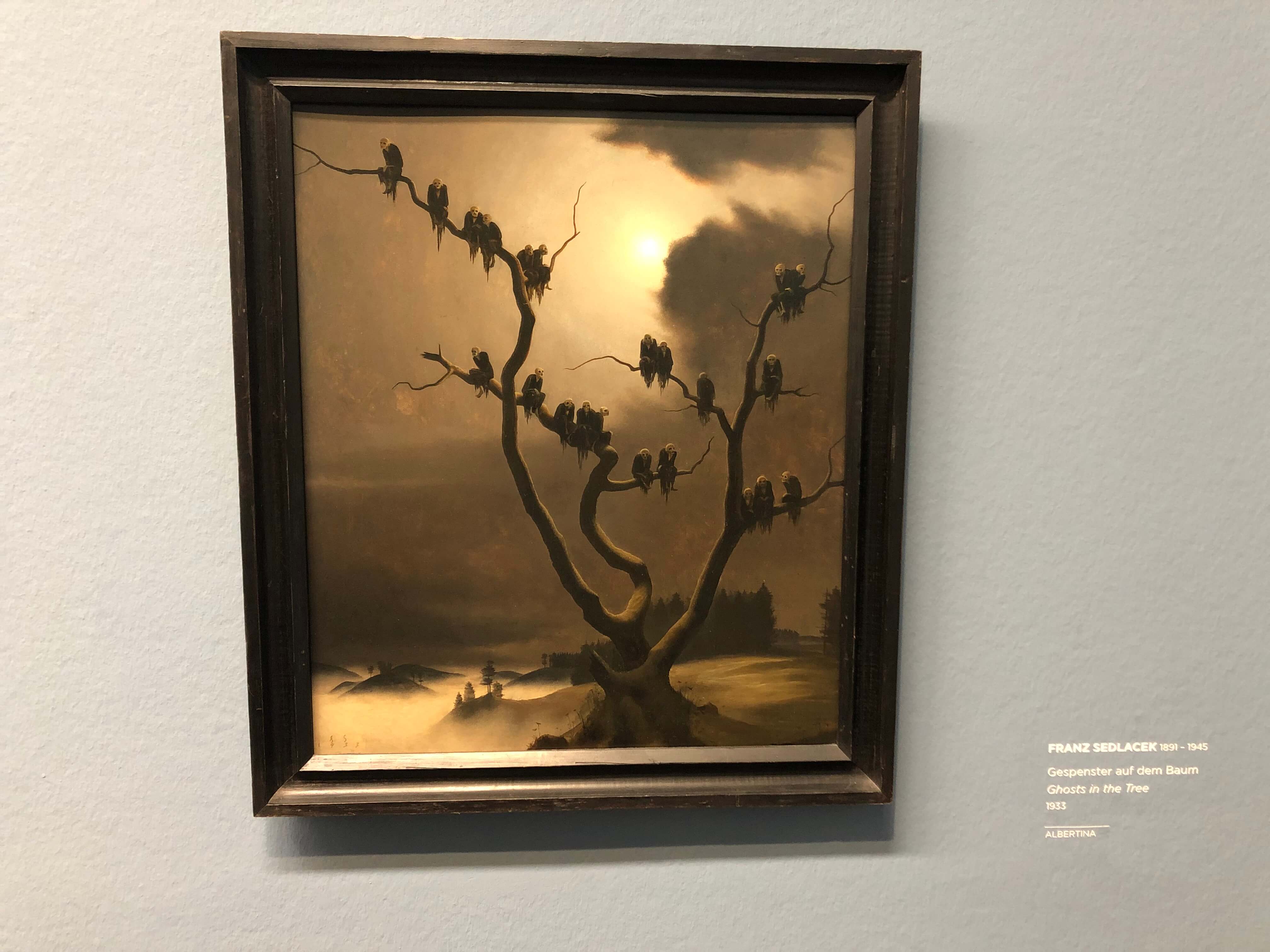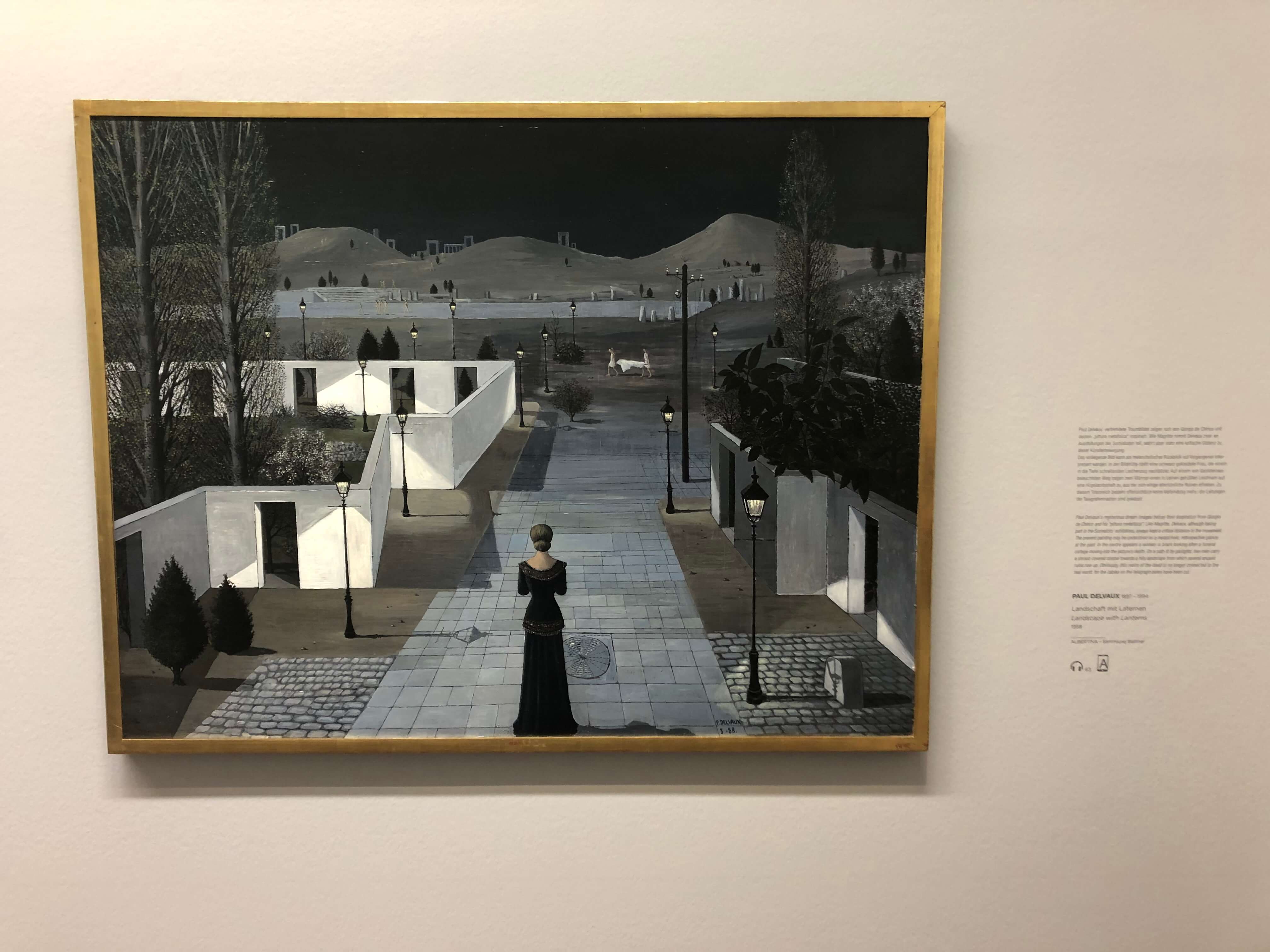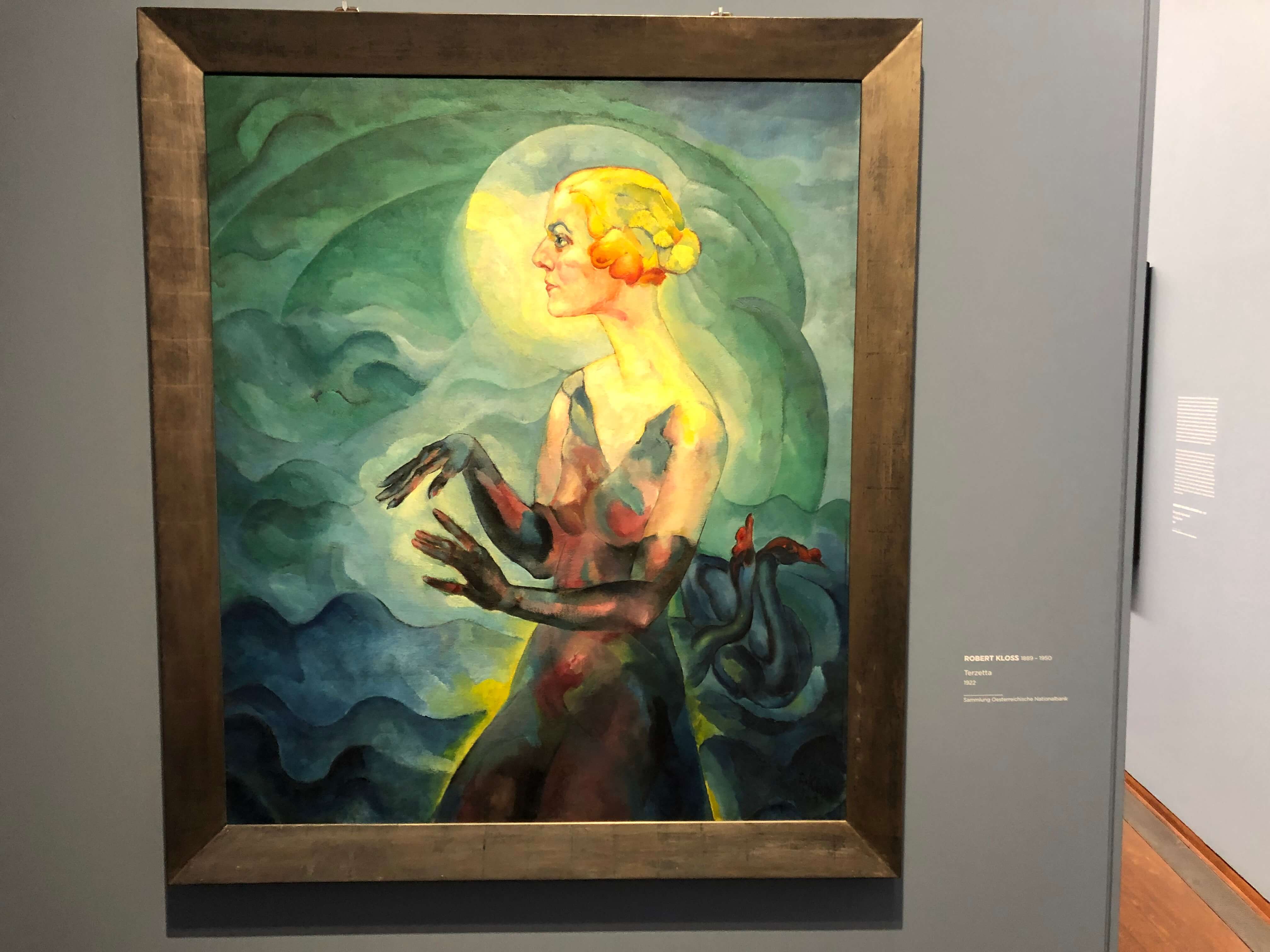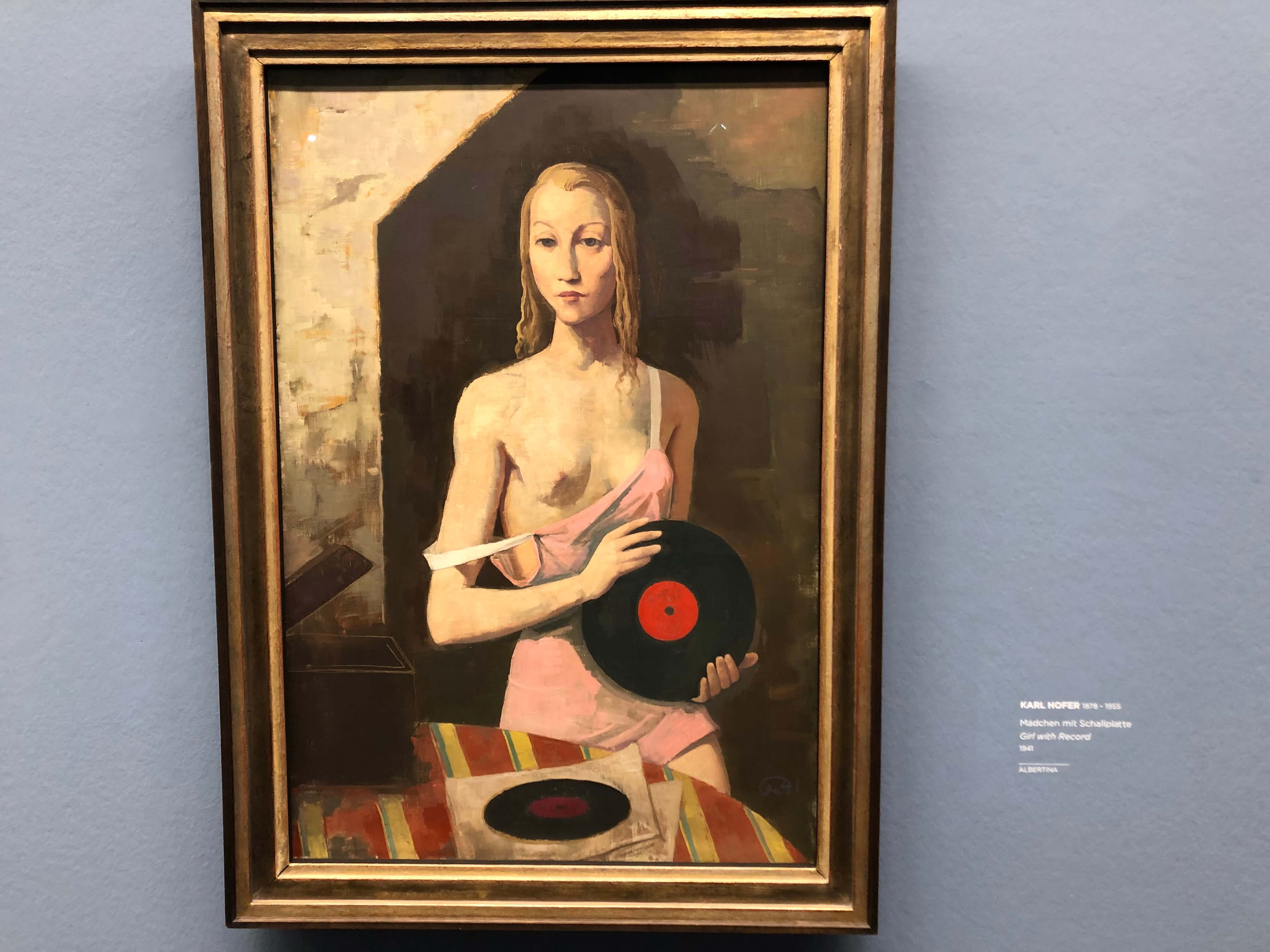I’ve long thought art could be used as a practical tool to solve your problems.
Great works of literature are guidebooks for warriors and lovers. A jazz motif can change the course of your life. And art galleries are temples of applicable wisdom.
But I’ve not seen anyone conceive of a step-by-step blueprint to actually utilising art as a practical decision making tool. Not until I came across this wonderful article by the Wall Street Playboys:
The Wall Street Playboys preface this fantastic article with the belief that it will fade into their archives as one of their most unpopular posts.
While this may be true, I believe on a website primarily crammed with the best investment, financial, and life advice you’ll find anywhere on the internet, this is easily one of their top ten articles.
Most people miss the point of art.
Art for art’s sake is all well and good, but you’re leaving art’s greatest power (it’s ability to connect to your unconscious and shape your problem-solving abilities) on the table.
Most people in art galleries are retards.
You know what I saw when I visited the Klimt exhibit yesterday?
Dozens of tourists with their backs turned to ‘The Kiss’, holding their selfie sticks and flashing the peace sign.
They didn’t look at the painting once.
Just snapped their selfie and moved on to the painting to snap another picture without looking.
Looking around at the other “art-goers” could stir up an argument for mass euthanasia.
But I’m not the one to make that argument.
How to Use Art to Make Decisions – Wall Street Playboys Technique
I implore you to read the original Wall Street Playboys article here because it’s truly superb.
But in a nutshell:
- Go to a museum/art gallery alone.
- Leave your phone in your pocket and focus intensely on each exhibit.
- Walk slowly with a vacant mind – you’re only thinking about the artwork.
- Eventually an exhibit will catch your attention. You know this has happened if you spend 5 minutes staring at just one piece of art and the world around you drops away.
- Go back through the exhibit, find around 5 pieces that caught your attention, and take a picture of it plus the artist description
- Find the consistency in the photos that captured your attention (could be material, subject, artist, etc), analyse and make your decision.
Your problems are constantly running in the back of your mind. Art allows you to access them directly in a way that conceives of a solution to them simultaneously.
The Wall Street Playboys give examples of how to analyse what you’re drawn to. For example, if you’re drawn consistently to scenes of battle it could mean you need to keeping fighting. If you’re drawn to ocean scenes, it might be you need to take the riskier option of two choices. If you’re drawn to scenes of torture and pain, it might mean you’re going down the wrong life path.
I recently went to two art galleries (Vienna’s Albertina and Belvedere) with my problems in the back of my mind and used the Wall Street Playboys method to come to some decisions.
To show you how this art interpretation plays how and can lead to some decision-making, let’s look at the exhibits I was most drawn to and what I made of them.
The Big Field of Sainfoin near Znojmo IV by Theodore von Hörmann (1893)
Here is an oil painting that really stood out to me.
I was largely underwhelmed by the exhibition at the Belvedere.
The focus was on Gustav Klimt, and while I appreciate his work, I came to the conclusion that it doesn’t speak to something deep inside me.
But this painting by a little known Austrian artist forced me to pause.
Being able to put your face as close to the canvas as you like is where the value in visiting galleries on a Thursday afternoon lies.
I spent most of my time focused on this particular detail:
You know the revelation this gave me?
There is abundance in sacrifice.
The Christ-on-a-crucifix pose is simultaneously a symbol of sacrificing yourself for others and a symbol of protection and ownership over everything.
Arms spread wide, commanding the beauty around him.
Sacrifice everything to gain the world.
The others are in the distance, seemingly walking away, which makes me think that there is immediate beauty in sacrificing now even if no one notices.
There is peace and power in self-sacrifice.
Ghosts in the Tree by Franz Sedlacek (1933)
I was drawn to a lot of Sedlacek’s work, which belongs to an artistic movement known as New Objectivity, similar to Magical Realism.
Once again I’m thinking of abundance.
But abundance in regards to the deepest darkest impulses.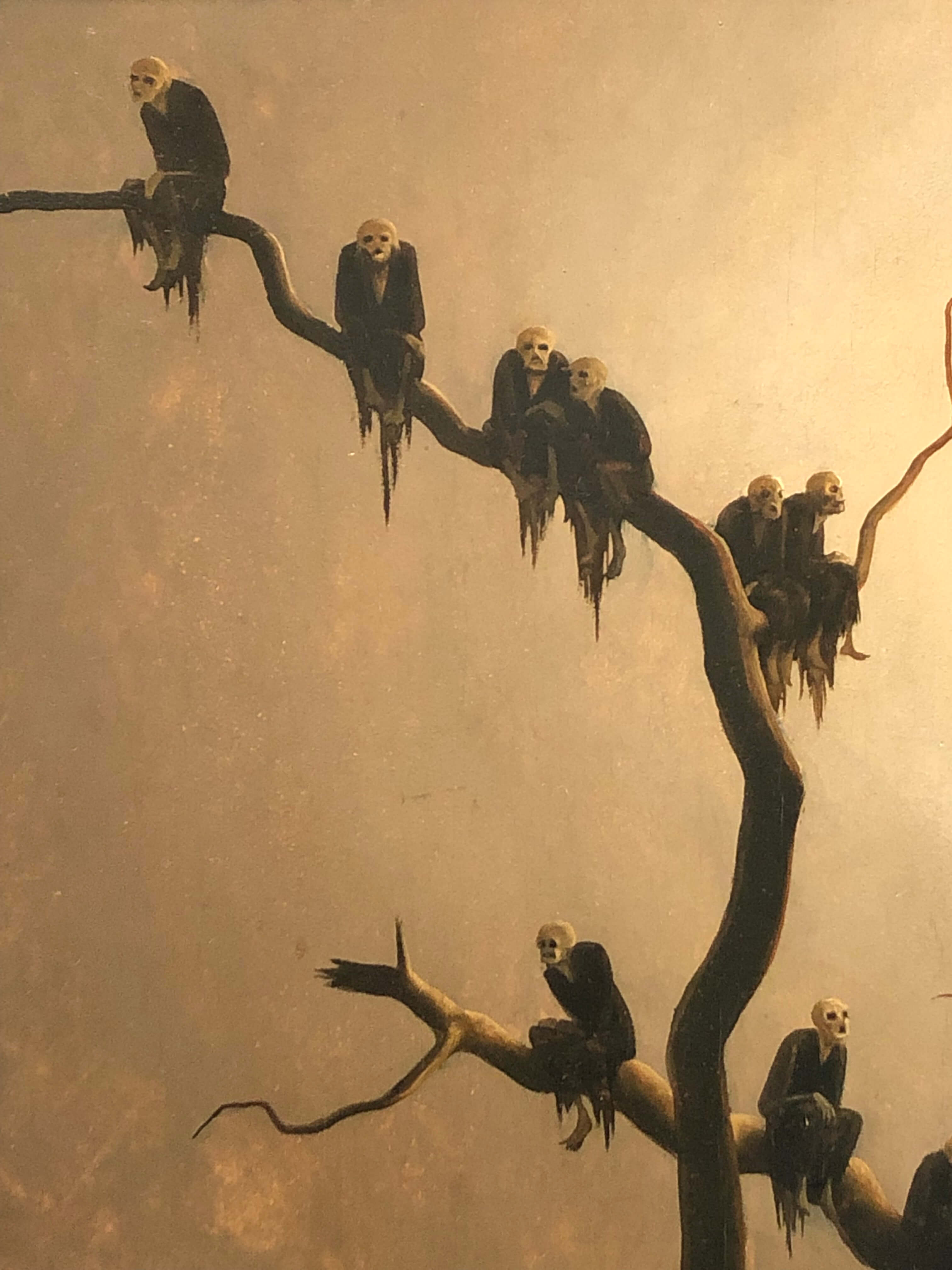
I’m thinking about integrating my shadow, which has caused me conflict recently as I’ve been trying harder to follow a virtuous life as Aristotle defines it.
I actually paused to count the ghosts in the tree (there are twenty-two).
Why is it important to count your ghosts?
Because the number is significant. Not too small, not overwhelmingly big.
Each ghost means something. It’s a plot point in your life.
And while someone in a more negative frame of mind may see the sins of their past in this painting, all I see is opportunity – opportunity to connect with other ghosts (notice a few clustered together) and opportunity to go deeper into solitude like Rilke advises.
Some may see these figures as terrifying omens of some impending disaster.
All I see is elevation and togetherness – connection in being raw with others, stripping away all that is frivolous and extraneous, and being ghosts together in an effort to rise above the mist.
Landscape With Lanterns by Paul Delvaux (1958)
You’re already seeing a pattern.
You could probably psychoanalyse me just from the three paintings I’ve shared thus far.
I love two things primarily about this gorgeous surrealist work:
- The central positioning of you the dreamer navigating the unconscious world.
- The fact that the telephone lines are cut.
What do you feel when you put yourself in the woman’s position?
I feel an eerie contradiction in my emotions: serene and anxious.
There is serenity in looking out at the quiet ghouls in your life and feeling almost totally in control of them
You are completely alone. But this is good.
You cannot call a friend.
But lanterns light the way through the darkness.
When I look at this painting, all I feel is I want to keep going.
There’s a path ahead and I should continue to tread it.
Terzetta by Robert Kloss (1922)
It’s not just the swirl of colours that caught my eye with this piece.
It’s where the colours originate from.
Look at those hands.
They’re the hands of a mystic, a conjurer, a prophet, a creator of magic.
I also find myself enraptured by the look of concentration on her face. These aren’t dark arts this woman is concocting, but they are serious matters.
I’m also torn between seeing myself in this old woman in some Jungian/archetypal sense (do I need to incorporate more of the anima in my life?) and seeing this woman as a guide.
This is a call to be the light you wish to see.
We’re entering a season of creation and we must not squander it on the frivolous.
Girl with Record by Karl Hofer (1941)
I’m consistently drawn to images of women.
I wonder if that’s because I’ve had a lot of women in my life recently or if it’s actually because of the dearth of men.
If we see things in a Jungian sense, too much of one gender could point to a need for the other.
These women may not be me craving the company of women (although I have a suspicion I’m drawn to these images because they sate a need for a certain conception of the feminine in my life), but could actually be part of my personality.
I’m unbalanced and potentially need more of the masculine in my life.
If we take it that this woman is my own unconscious reflected and projected onto the canvas, then it could show a variety of needs:
- the need to be open or experience openness (the exposed breast is symbolic of that)
- the longing to return to the old, romanticising the retro as a gateway to love
- the desire to be heard (lovingly caressing that vinyl record)
Once again, there’s focus in this woman’s eyes.
Not as narrowed as the conjurer before her, the gaze could be mistaken for listlessness, but I see a woman whose mind is set on higher ideals.
Paris by Night with the Eiffel Tower by Theodore von Hörmann (1889)
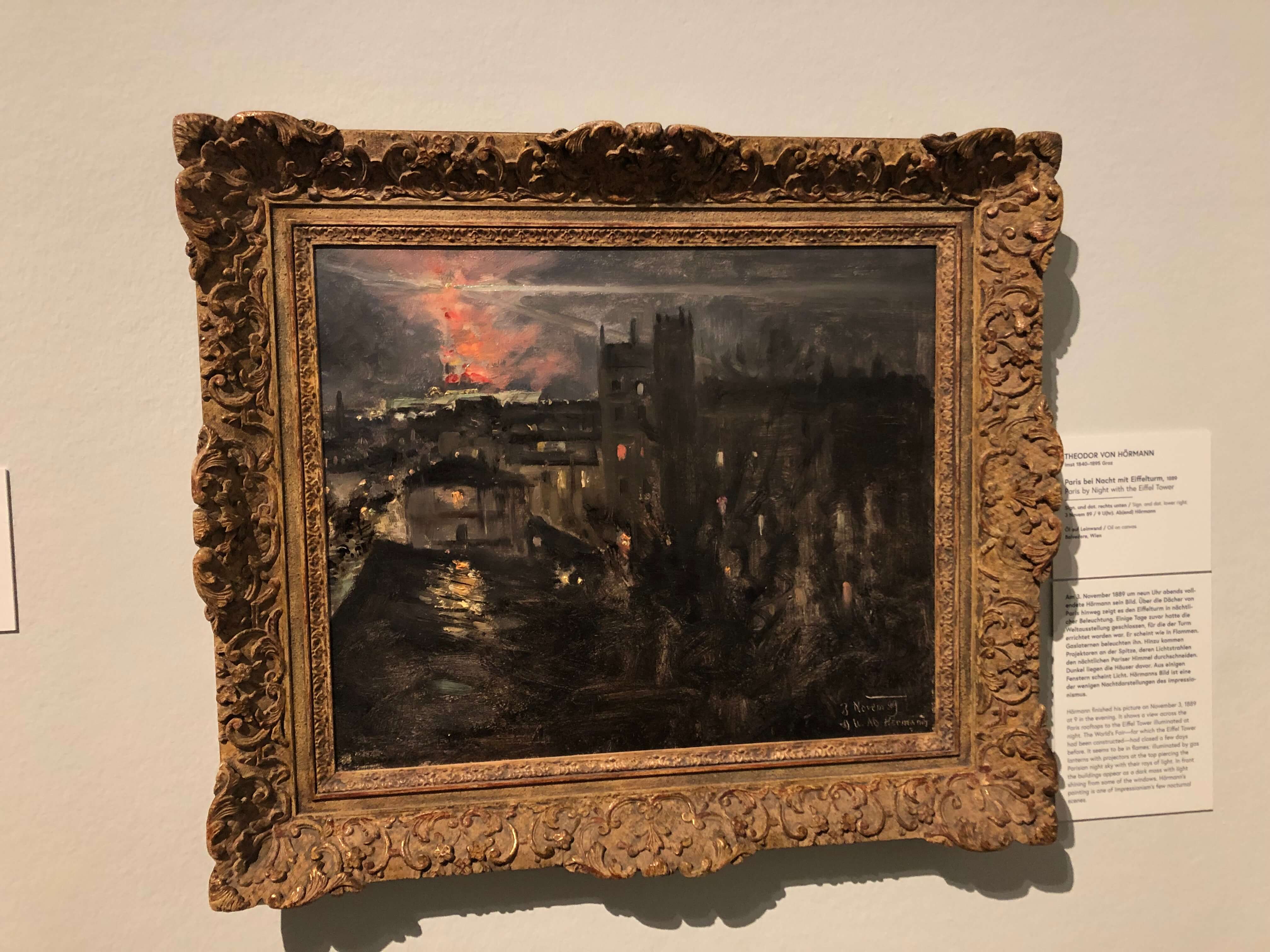
We’re starting to see a recurring theme not just in subject matter (women, sacrifice, darkness) but in artist too, as here is another work from Theodore von Hörmann.
One of the most important things to keep in mind when you visit an art gallery is to reserve judgement on why you like something or what you like.
This is why you don’t do what the idiots who take selfies do: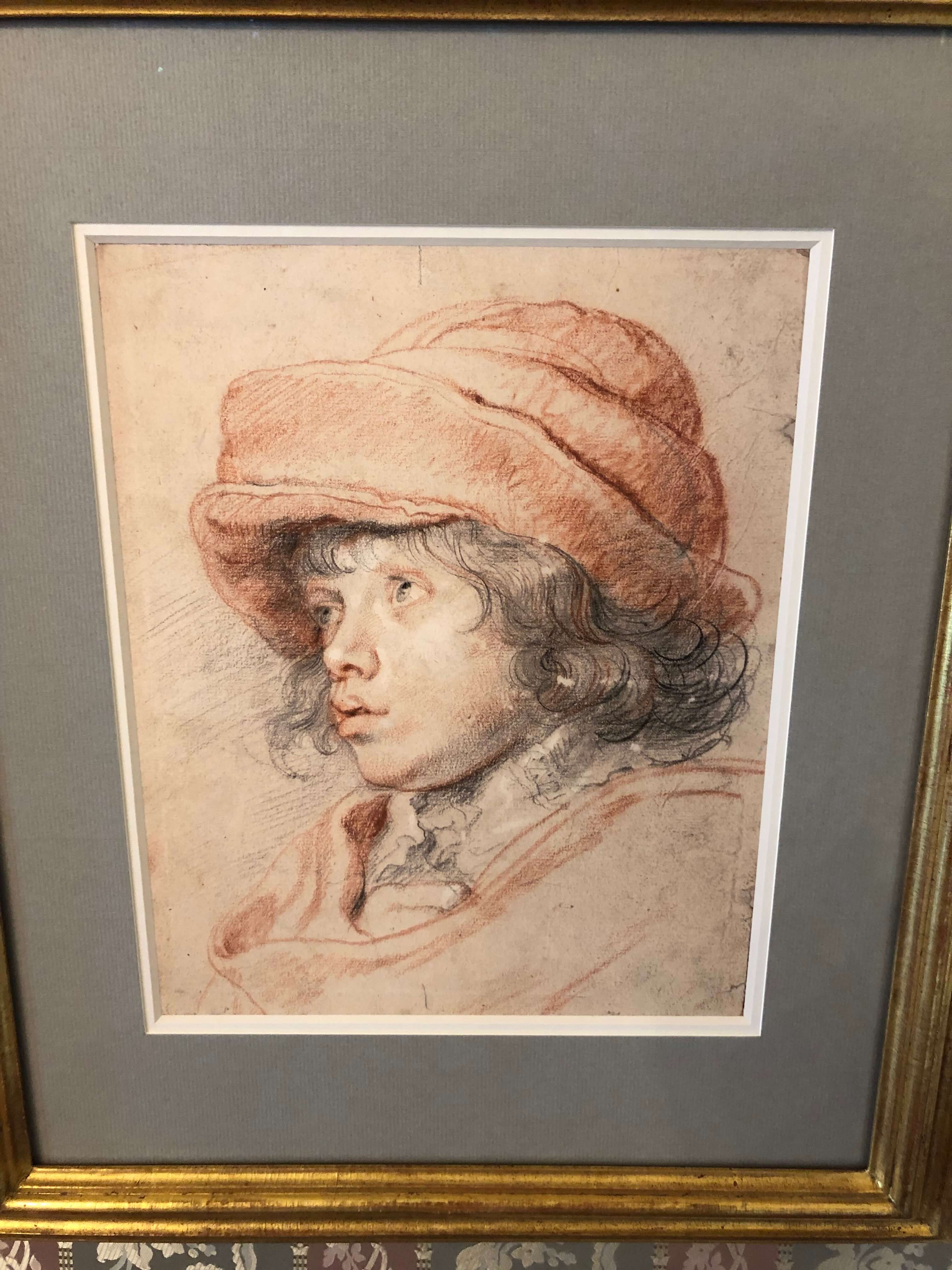
They look at the artist description first.
Most people read the whole thing before even looking at the art work.
Only read the description if the painting has captured and commanded your attention first.
At the Albertina, I got real close to this one piece of work and my initial reaction was how much I disliked it. The more I looked, the more I appreciated it. But then I looked at the description and saw the artist was Rubens.
If I had read that the artist was Rubens before looking at the painting, it most likely would have swayed my opinion (or what I believed my opinion should be) and I would have missed out on the valuable experience of moving from dislike of the work to a deep appreciation.
I went to a Klimt exhibition that was being advertised all over Vienna.
Most people in the museum were clustered around the Klimt pieces.
But I got way more value from the more obscure Theodore von Hörmann.
This piece is one of the few impressionist works of a night scene.
The bright lights in the back left of the scene are the Eiffel Tower. But I was drawn to this painting because I first thought it was a scene of a fire raging through the night.
This spoke to my need to be destructive during a time of quiet and calm so that I could be a light to those around me.
Those are the main works that spoke to me.
I’ve left my analysis here, but the specific problem that connecting with these works was able to solve will remain with me.
Suffice to say, the Wall Street Playboys’ technique works.
If you’re struggling to make a decision right now, either in your business or personal life, spending some time applying the Wall Street Playboys technique will help you overcome it.
If you want to see a few of the other artworks that stood out to me, I’ve posted the pictures on Instagram.
Also make sure you check out the Wall Street Playboys original article here.
And let me know – have you ever used art to make a decision or overcome a problem? How did that work out for you?
